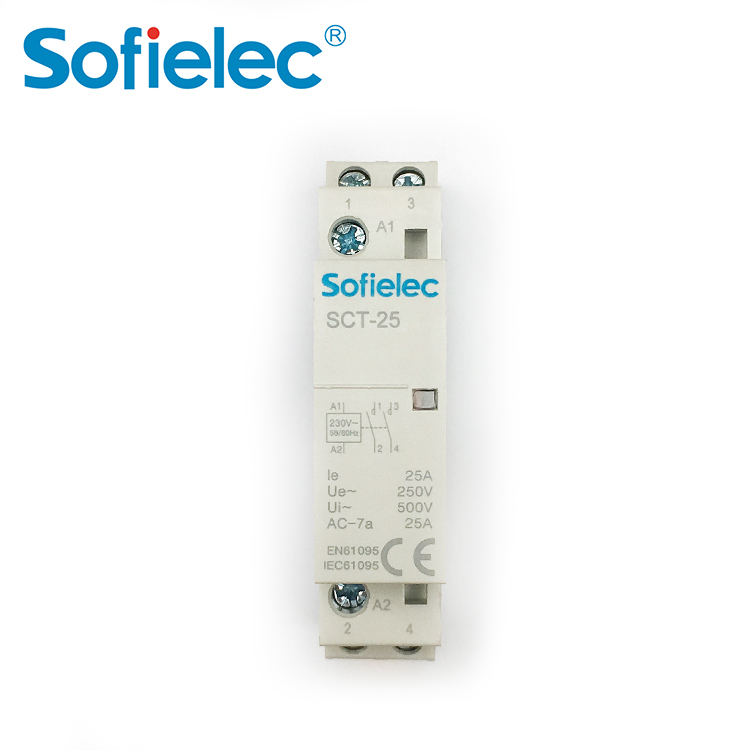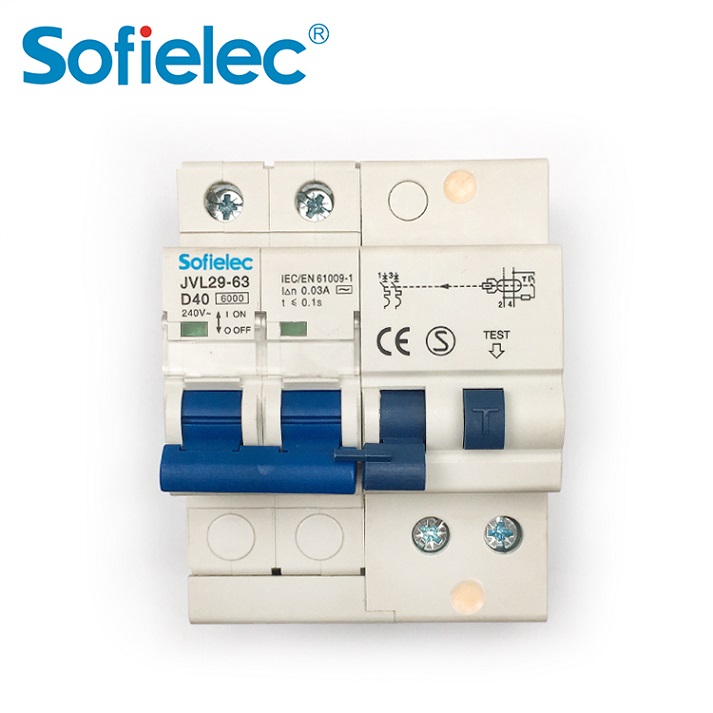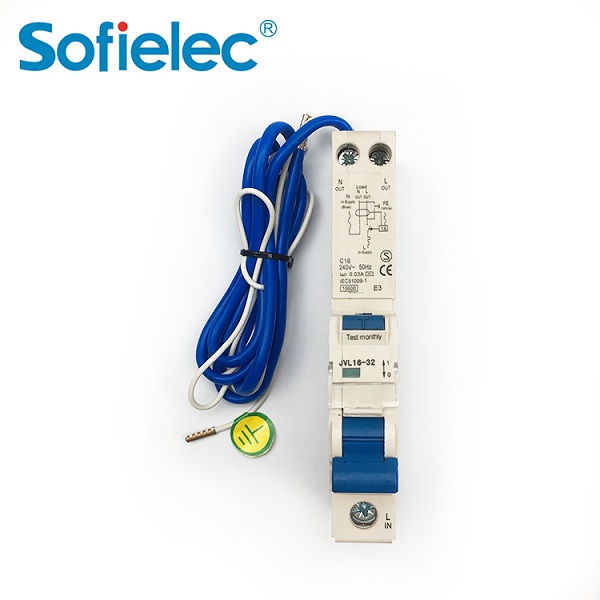What is a contactor?How does a contactor work?
Contactor is a commonly used electrical appliance, usually used to control the switch of high-power electrical appliances or circuits. It consists of a control system, mechanical system, and electrical system, and can convert control signals into mechanical motion through electromagnetic mechanisms, thereby achieving circuit closure and disconnection.
What is a contactor?
A contactor is an electrical device that belongs to the category of controlling electrical appliances. It is composed of main contact, auxiliary contact, spring, electromagnet, etc. It is a switch device that can automatically control the circuit on and off.
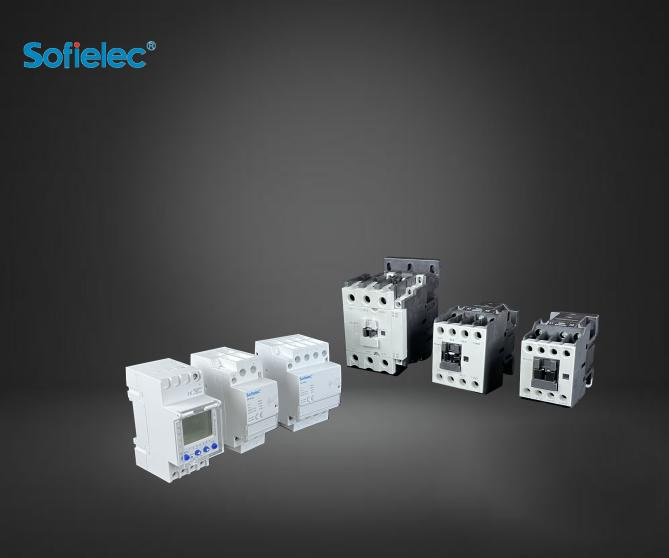
Working principle of contactor
When the current passes through the coil of the contactor, a magnetic field is generated, which attracts the movable contact and makes it in close contact with the static contact. In the circuit path, the electrical load is energized; When the power supply is terminated, the coil terminates the current, the magnetic field disappears, and the movable contact is pulled back to its original position due to spring tension, separating from the static contact, thereby causing the electrical load to be cut off and the circuit to be cut off.
Contactor wiring diagram
Contactors typically consist of a control circuit and a main circuit, which can be powered by a low-voltage DC power source. The main circuit is used to transmit high-power loads, usually using high voltage and high current.
The function of the contactor
Contactors, as a common switching device, are mainly used to control the protection of motors, lighting equipment, and various high-power electrical equipment during startup, shutdown, and operation in the circuit. It can also be used in fields such as automation systems and remote control.
How to install an AC contactor
The following five points should be noted when installing AC contactors
1. Check whether the technical data of the contactor nameplate and coil (such as rated voltage, current, operating frequency, etc.) meet the actual usage requirements.
2.Check the appearance of the contactor to ensure there is no mechanical damage; When pushing the movable part of the contactor by hand, the contactor should move flexibly without jamming; The arc extinguishing cover should be intact and firmly fixed.
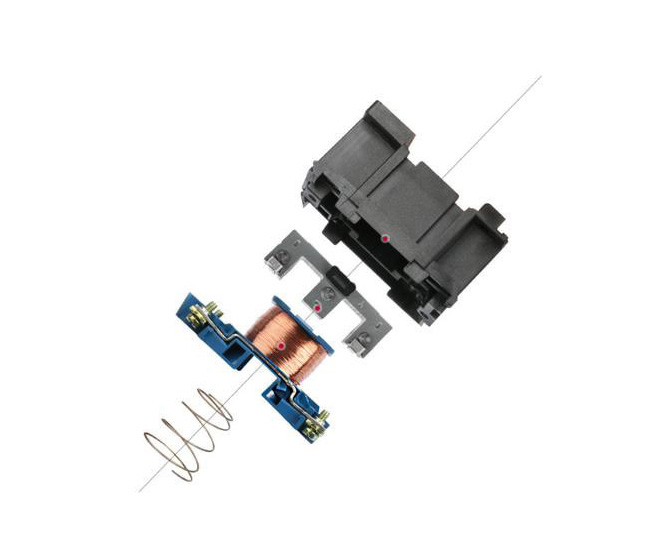
3.Wipe off the rust resistant grease or iron scale on the pole surface of the iron core with kerosene to prevent the armature from sticking after multiple uses, causing it to not be released after power outage.
4. The coil resistance and insulation resistance of the contactor should meet the requirements.

